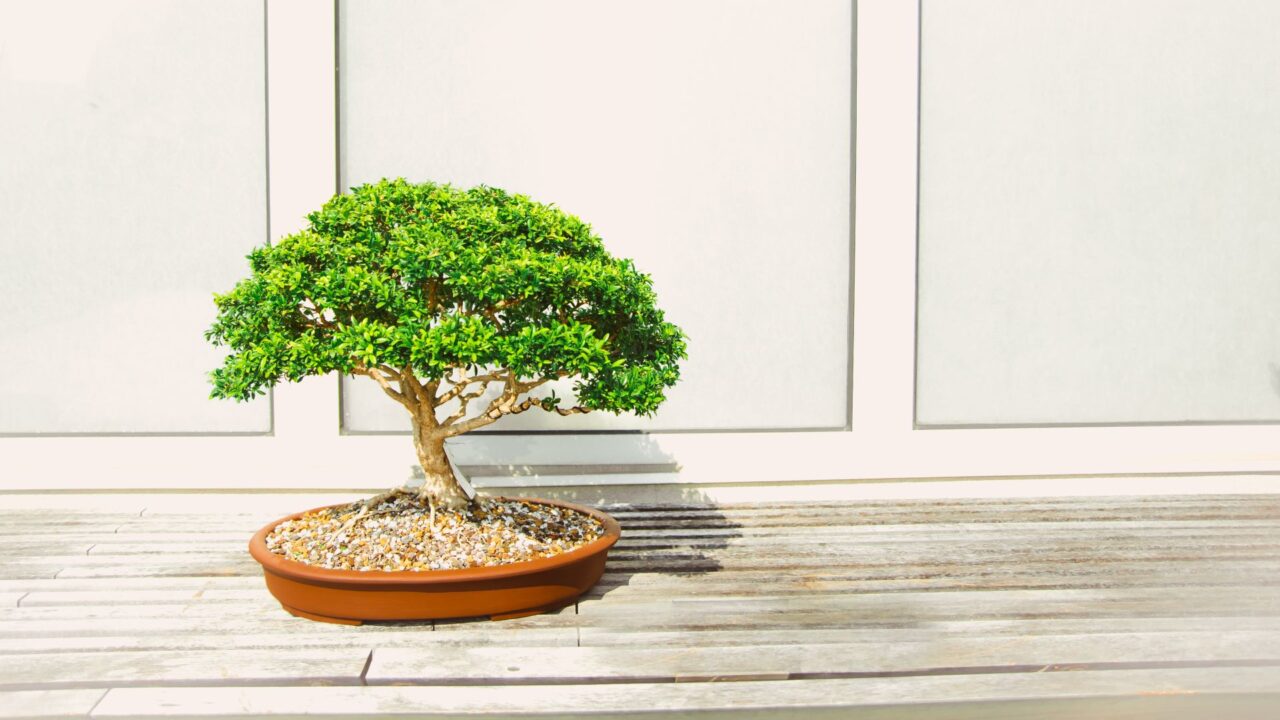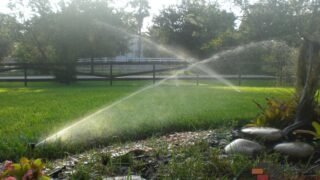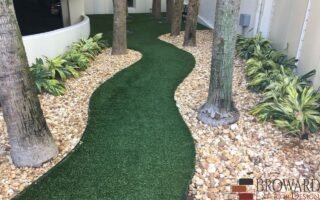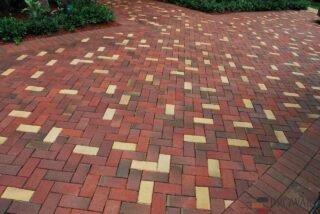Bonsais is a Japanese version of the original traditional Chinese art of penjing or penzai.
Penjing utilizes traditional techniques to produce entire natural sceneries in small pots.
The Japanese “bonsai” only attempts to produce small trees that mimic the shape of real life trees.
Similar versions of the art exist, including the miniature living landscapes of Vietnamese Hòn non bộ.
It was during the Tang dynasty, when penjing was at its height, that the art was first introduced into Japan.
In this Top 10 Bonsai Tools, we’ll explain how to use each one and how you can use them to care for these ancient trees.
1 – Sifters

Before preparing your soil or substrate, you must go through the sieve to separate the different particle sizes.
These sizes you will use depending on the state and maturity of the plant, in addition to removing any possible impurities.
As we are dealing with plants whose roots must be very tight, it is essential to prepare the best possible substrate.
2 – Root Rake

This simple, although incredible tool, is very critical since with it, we are going to do several things.
First, this is created to make cleaning of the roots to eliminate earth and dead roots when we do some transplanting.
However, there are some which have included tweezers, with which we can have a cleaning tool in the same hand.
The rakes are also used to oxygenate the surface of the soil.
Use it also to clean the moss of dirt.
3 – Tweezers and Trimming Scissors

Clippers are used to cut branches of all types.
There are many models and sizes according to the size of branch to be worked.
The scissors are for young branches, while the clippers are for older and harder branches.
Remember that each cut is an open wound in the plant, and you must seal and heal each one of them to avoid disease.
Disinfect your tool before and after each use.
4 – Training Wire, interesting tool for bonsais in your home.

With these wires you can shape soft branches and stems that have not yet hardened due to old age.
The best ones are made of aluminum and there are different sizes for different branch thicknesses,
The correct way to tie your tree is starting from the base of the branch connected to the stem to the tip of the branch.
Use pliers to turn the wire around the branch, continue until you reach the tip, now shape it by bending the branch to your desired position.
5 – Modeling Chisels

These tools are very used by Bonsai professionals and are mainly used to give age and texture to the stem.
They should be used with care to avoid deep cuts that can affect the plant.
Use them in the following way:
Diagonally press the tip of the chisel against the stem to make a superficial “scraping”, thus detaching the external layer of the tree.
Little by little give it the appearance that you like and take care not to scrape more than 50% of the surface.
6 – Root Scissors as a significant tool for bonsais in your home.

Remember that the roots are the main conduit of nutrients and water that the plant has.
This root system is in itself a little delicate and whenever you treat the roots you must heal the cuts with some healing or lime.
Not just any scissors or tweezers is suitable for this job.
I tell you that the best are from Japan.
You must take your tree out of the pot and shake the soil loose.
Then wash with the hose to clear the roots, then with disinfected scissors make the necessary cuts in the filamentous roots.
Do not cut the main root for any reason.
Add lime or sealant for proper healing.
7 – Branch Bender

Sometimes we want to give our bonsai in your home a very twisted aesthetic or very broken angles.
For this effect, we have these tools for bending branches that are very easy to use and heavy duty.
Simply place the device on the branch to be bent, adjust the pressure and leave it for a few weeks to be fixed in its new position.
In the case of thick or rigid branches, we do not suggest using this tool as they could break.
8 – Cleaning Brush as an indispensable tool for bonsais in your home.

This tool with synthetic or soft metal bristles is designed to clean the dust, leaves and loose pieces of wood from the stem that come off over time.
The wire is of special caliber so as not to damage the plant.
Clean the stem or thick branches by holding the handle and, without pressing, make straight movements from the inside to the outside.
Do not cut in circles.
After use, clean with a long wire or similar between the bristle spaces.
9 – Wound Sealer, interesting tool for bonsais in your home.

If the open wound is left outdoors, it can become infected by pathogens that will later produce diseases in our plants.
Be very careful when pruning and cutting in rainy season.
After making a cut, it is vital to seal the wound with a cauterizing agent that dries and protects the cut.
This technique is highly recommended for cacti and succulents, bonsais, fruit trees, ornamental trees and roots in general.
10 – Fertilizer Baskets, indispensable in the care of Bonsais in your home.

A bonsai should remain a few years in the same pot before changing the soil with new fertilizer.
These versatile baskets made of sun and water-resistant plastic are perfect to fill with our favorite granular fertilizer.
Each time you water the plant, the granules will dissolve a little, releasing the nutrient compounds.
These baskets work for lawns, fruit trees, cacti and succulents.
Photo by Todd Trapani on Unsplash











